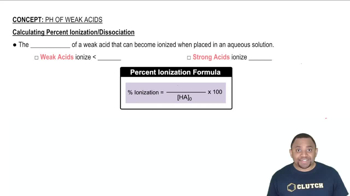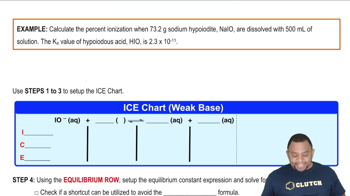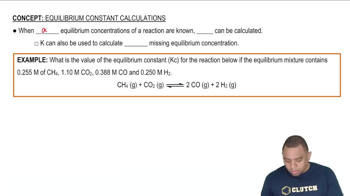Open Question
Saccharin, a sugar substitute, is a weak acid with pKa = 2.32 at 25 °C. It ionizes in aqueous solution as follows: HNC7H4SO31(aq) ⇌ H+(aq) + NC7H4SO3-(aq). What is the pH of a 0.10 M solution of this substance?
 Verified step by step guidance
Verified step by step guidance



Citric acid, which is present in citrus fruits, is a triprotic acid (Table 16.3). (a) Calculate the pH of a 0.040 M solution of citric acid. (b) Did you have to make any approximations or assumptions in completing your calculations? (c) Is the concentration of citrate ion 1C6H5O7 3-2 equal to, less than, or greater than the H+ ion concentration?
Consider the base hydroxylamine, NH2OH. (a) What is the conjugate acid of hydroxylamine?